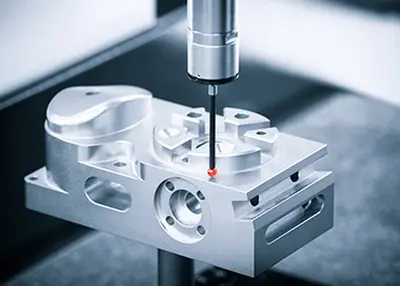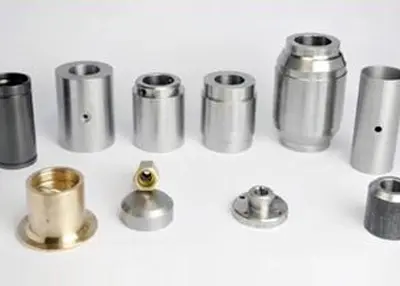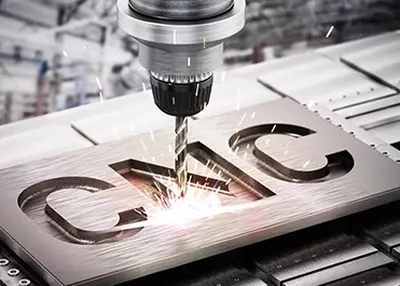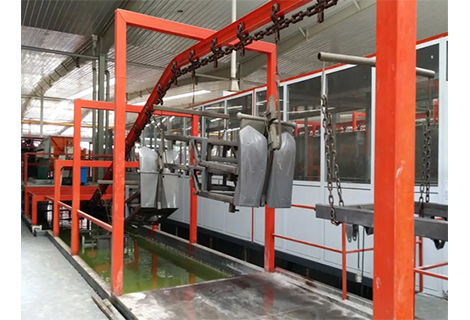When it comes to protecting metal objects from corrosion, electrophoresis plating is a game-changer. This process not only enhances the appearance of the metal but also provides a robust shield against wear, tear, and environmental factors. In this blog, we will explore the concept of electrophoresis plating and its role in ensuring corrosion resistance. Specifically, we will delve into how the RICHCONN brand has revolutionized this technique to produce exceptional results.
Electrophoresis plating is a process that involves the deposition of a protective coating onto metal objects to safeguard them against corrosion. It works on the principle of an electrical charge, where the metal part to be coated acts as the anode. The object is immersed in an electrophoretic bath containing a paint or a resin-based solution. When a direct current is applied, the solution attracts and adheres to the metal surface, creating a protective layer.
RICHCONN is a renowned brand that has mastered the art of electrophoresis plating, taking it to new heights. Their cutting-edge technology and expertise have propelled them to the forefront of the industry. RICHCONN offers a wide range of options for electrophoretic coatings, ensuring customized solutions for different types of metal objects. Their plating process ensures that metal parts are not only protected against corrosion but also visually appealing.
When it comes to corrosion resistance, electrophoresis plating offers several advantages:
Invisible Coating
One of the most significant advantages of electrophoresis plating is that it creates an invisible shield. Unlike traditional plating methods, this process does not alter the appearance of the metal, allowing it to retain its natural beauty.
Uniform Coating
Electrophoretic baths ensure a uniform and consistent coating on the metal surface. This uniformity enhances the corrosion resistance and longevity of the protective layer.
Enhanced Durability
The electrophoretic coatings are highly durable and provide long-lasting protection against corrosion. This makes them ideal for applications in industries where metal objects are exposed to harsh environmental conditions.
Eco-friendly
Unlike other plating techniques, electrophoresis plating is environmentally friendly. The process uses water-based solutions and does not emit harmful chemicals, making it a sustainable choice for corrosion protection.
Electrophoresis plating finds applications in various industries, including automotive, aerospace, electronics, and more. The invisible shielding provided by this technique ensures that metal components in these industries remain corrosion-free, leading to increased reliability and extended service life. From car parts to electronic connectors, electrophoresis plating has become a go-to solution for corrosion resistance in diverse applications.
Electrophoresis plating has emerged as a game-changer in the field of corrosion resistance. The RICHCONN brand has mastered this technique, producing exceptional results that combine protection and aesthetics flawlessly. With its invisible coating, uniformity, durability, and eco-friendly properties, electrophoresis plating has revolutionized the way metal objects are safeguarded from corrosion. From automotive to aerospace industries, the applications of this technique are vast and promising. With RICHCONN's expertise, the future of electrophoresis plating looks even brighter. So, protect and enhance the longevity of your metal possessions with electrophoresis plating – the invisible shield against corrosion.
 Different Types of Bearings: Their Distinctive Features and Diverse UsesMay 28, 2024Learn about the importance of mechanical bearings, different types, and how to choose the right one for your needs. Explore applications in various fields and factors to consider for smooth and precise motions.view
Different Types of Bearings: Their Distinctive Features and Diverse UsesMay 28, 2024Learn about the importance of mechanical bearings, different types, and how to choose the right one for your needs. Explore applications in various fields and factors to consider for smooth and precise motions.view What are the characteristics of aerospace parts processingNovember 16, 2023The aerospace industry has always been one of the pinnacles of technology and engineering, and it relies on precision-manufactured aerospace parts to ensure highly reliable and safe aviation and space systems.view
What are the characteristics of aerospace parts processingNovember 16, 2023The aerospace industry has always been one of the pinnacles of technology and engineering, and it relies on precision-manufactured aerospace parts to ensure highly reliable and safe aviation and space systems.view The Top 7 CAD/CAM Software for CNC ProjectsMarch 18, 2024CAD/CAM software for CNC projects is a specialized tool used to design and control the machining of parts. Here are the top 7 CAD/CAM software for your choice.view
The Top 7 CAD/CAM Software for CNC ProjectsMarch 18, 2024CAD/CAM software for CNC projects is a specialized tool used to design and control the machining of parts. Here are the top 7 CAD/CAM software for your choice.view Unlocking the World of Machined Bushes: Your Comprehensive GuideNovember 8, 2023Are you ready to delve into the fascinating world of machined bushes? If you're curious about what machined bushes are, how they are made, where they are used, and how to choose the right ones for your specific needs, you've come to the right place. I'm here to guide you through this journey of discovery.view
Unlocking the World of Machined Bushes: Your Comprehensive GuideNovember 8, 2023Are you ready to delve into the fascinating world of machined bushes? If you're curious about what machined bushes are, how they are made, where they are used, and how to choose the right ones for your specific needs, you've come to the right place. I'm here to guide you through this journey of discovery.view What Is Die Casting?March 7, 2024Do you know about die cast definition? This article introduces the definition, process, types, and everything you need to know about die cast.view
What Is Die Casting?March 7, 2024Do you know about die cast definition? This article introduces the definition, process, types, and everything you need to know about die cast.view Understanding CNC Manufacturing CostsOctober 11, 2023A common question asked is, "How much will it cost me and how much will it cost to manufacture?" Everyone loves a bargain! Plus, we can judge the prices of our daily purchases - €5 for a liter of milk? No way!"view
Understanding CNC Manufacturing CostsOctober 11, 2023A common question asked is, "How much will it cost me and how much will it cost to manufacture?" Everyone loves a bargain! Plus, we can judge the prices of our daily purchases - €5 for a liter of milk? No way!"view
 EN
EN
 ru
ru 


